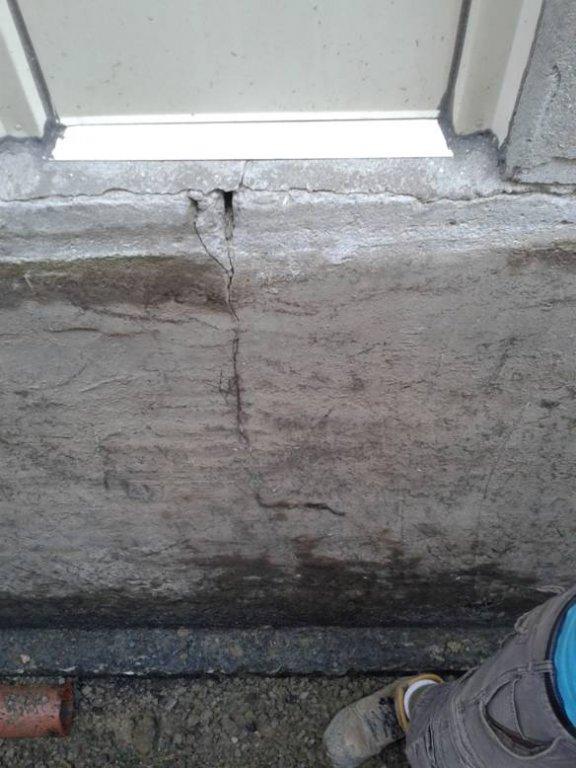When you are in the process of purchasing a home, your home inspector will look for signs of water damage in the basement. Older homes are susceptible to water problems in the basement especially if they sit below the water table. Wet basements are caused by foundation cracks or the lack of proper water drainage systems, they might be missing a sump pump or sewage back up valve. Your real estate agent will recommend a home inspection so that you are not at risk for significant repair costs from a flooded basement in the future.
Common signs of water damage are:
A moist or musty odour in the basement is a sign of hidden water and potentially the growth of unhealthy mold. Mildew and mold grow when wet places do not dry out properly. Improper cleaning of drywall, wood framing and other organic materials will not eradicate mold. Your home inspector should be made aware of any worries you have so he can do a proper inspection and determination. Insurance companies rarely cover mold damage which is seen as negligence of the homeowner to remedy.
In finished basements you will have other indicators of problems such as peeling paint or wallpaper, water stains or swollen baseboards or lifted floor tiles. Carpeting can also be spongy indicating damaged under-padding or flooring. Window panes and casements should be checked as potential sources of water entering the basement. Your home inspector should inspect all the seals around the windows and doors into the basement.
Unfinished basements allow you to see how high the water has reached in the past as a salty substance called efflorescence will be visible on the walls of the foundation. Water marks are also a clear sign that water has been a problem in the basement. While efflorescence and water marks are not health risks, they are signs that the basement has a crack in the foundation or some other void where water enters where it shouldn’t.
Cracks in the foundation of a house can be seen both inside and outside. Spring and summer makes those cracks easier to be examined by a home inspector. Finished basements with drywall may hide cracks or voids but a home inspector usually will have access to the crawl space or unfinished areas in the basement.










